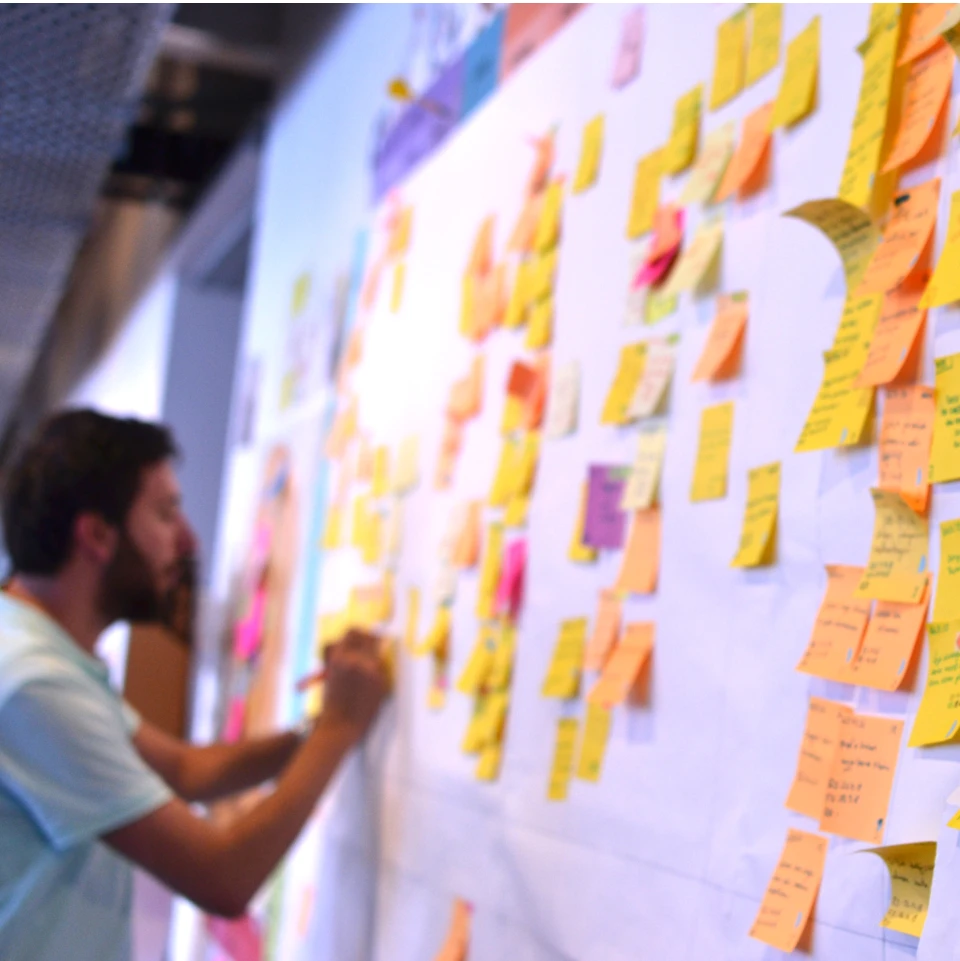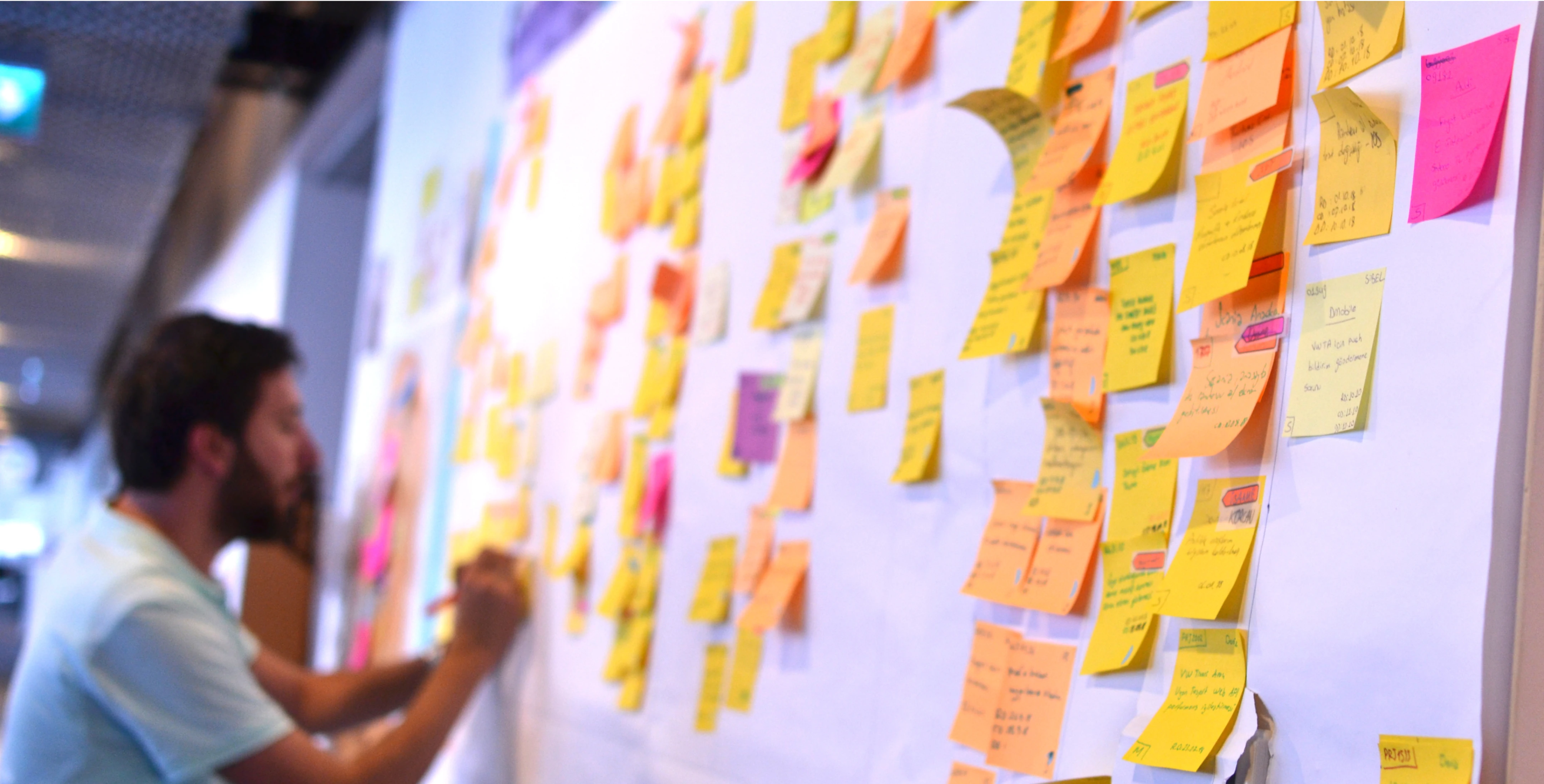
At a glance
LifeRaft, a leader in open-source threat detection, partnered with RTI to overhaul their flagship product, LifeRaft Navigator. The aim was to modernize their platform, reduce technical debt, and enhance the user experience to ensure better detection and mitigation of potential threats in support of their mission of building a safer world.
Service: Product Growth & Evolution
Service: Product Growth & Evolution
Expertise
Technology
Challenge
LifeRaft’s Navigator platform was built on legacy technology and burdened with technical debt, making it difficult to maintain and evolve. The existing system also lacked design consistency, negatively impacting the user experience. LifeRaft needed a partner that would address these issues and rapidly accelerate product delivery, while ensuring the platform remained functional during the transformation.
Solution
Working in collaboration with LifeRaft’s design, product, and engineering teams, RTI migrated LifeRaft Navigator to a modern React architecture, overhauling the user interface with a cohesive design system to ensure consistency and scalability. We delivered continuous, incremental updates, enabling LifeRaft to deploy new features and rapidly add value for its users while minimizing disruptions and maintaining operational continuity.
Result
The transformation eliminated legacy software issues, significantly reduced technical and design debt, and improved operational efficiency. Feedback from LifeRaft’s leadership team has been overwhelmingly positive, noting our collaboration's crucial role in advancing the platform’s threat detection capabilities and enabling LifeRaft to unlock new revenue opportunities.
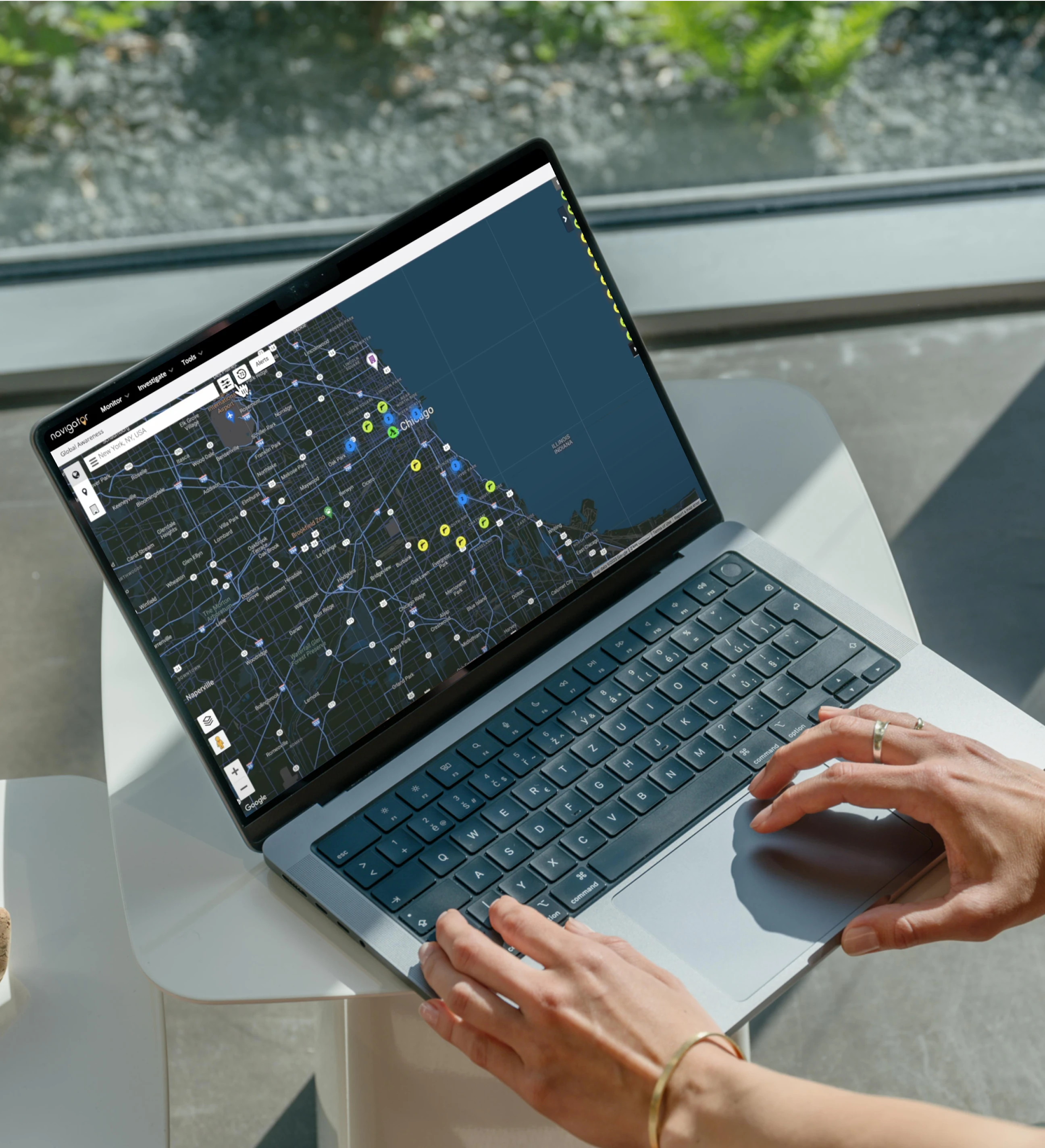
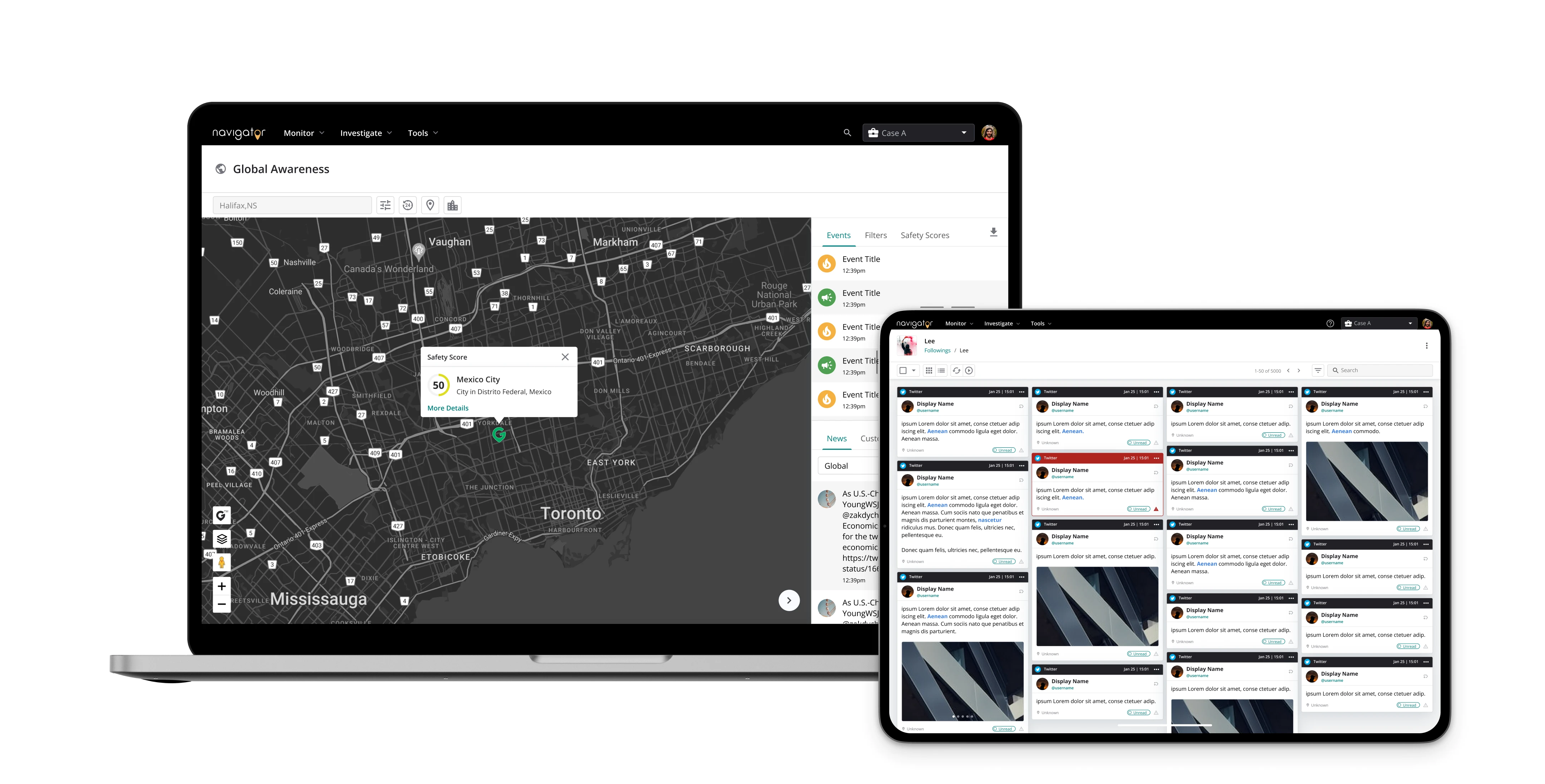
Collaborative Solutioning
Through close collaboration with LifeRaft’s team, we identified key pain points and areas for improvement across Navigator’s architecture, technology, and design. We conducted Architecture Working Groups (AWGs) with their engineers to surface problems to solve, and collaborated to identify the best solutions across processes and tech stack to enable scalability and deliver maximum value for LifeRaft’s end users.


Enabling Consistent, Scalable Design
We worked in lock-step with LifeRaft’s design team to ensure that all design elements were consistent across the platform. By developing a robust design system and standardizing components, we improved the user experience and made it easier for LifeRaft’s team to maintain and update the platform.
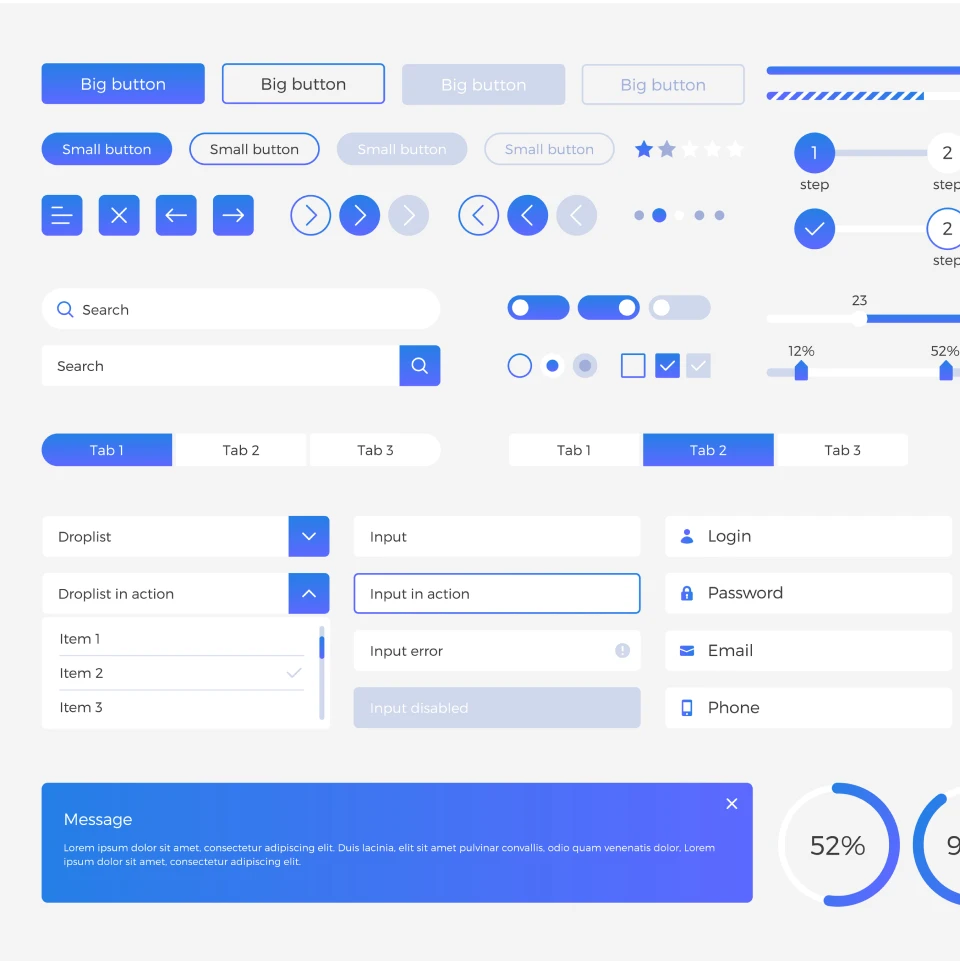
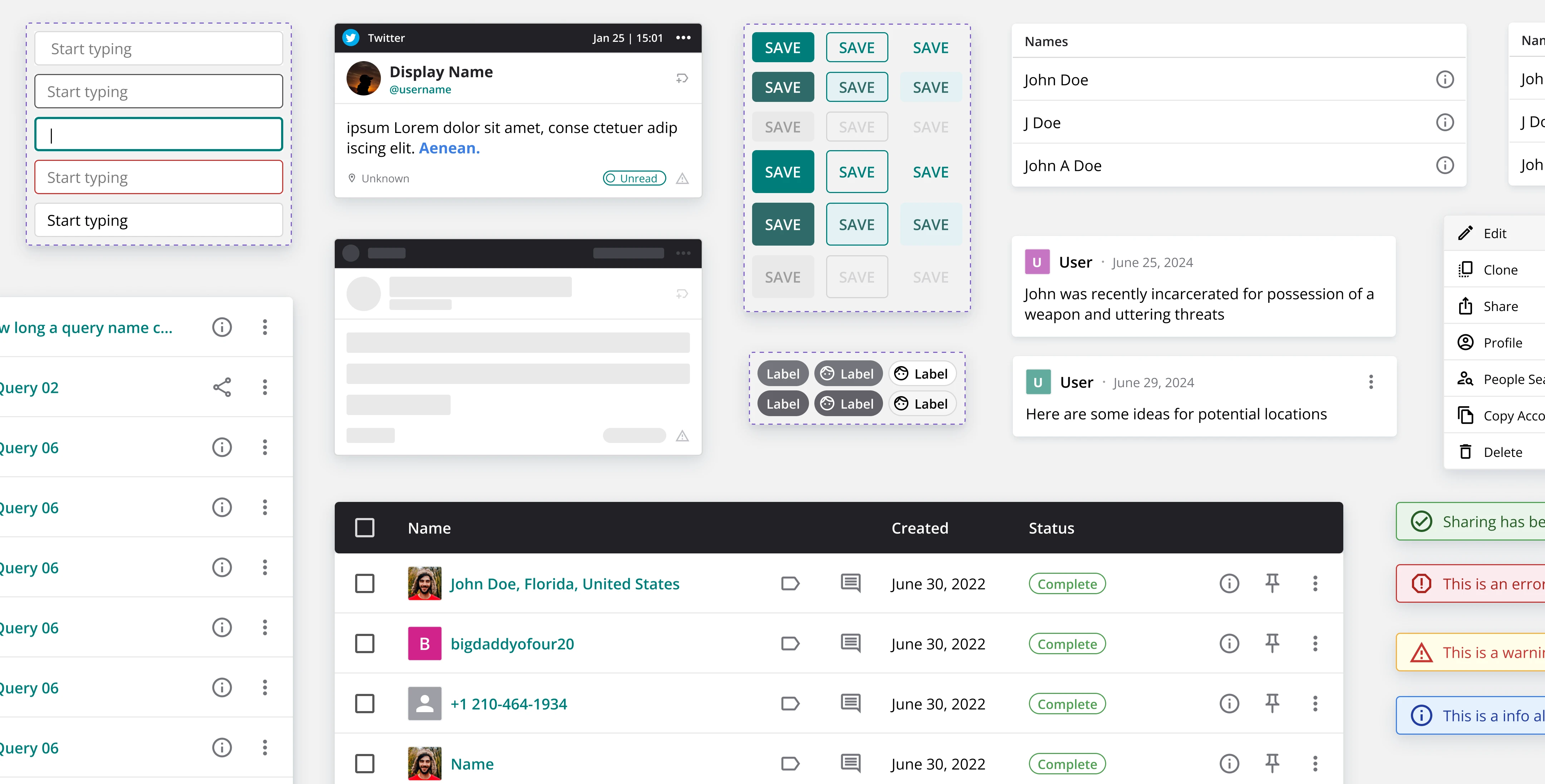
Streamlined Development Process
Our team collaborated closely with LifeRaft’s internal developers to migrate the platform to React, implement a micro front-end architecture, and address design inconsistencies. This streamlined process allowed for modular updates and continuous delivery, reducing disruptions and ensuring seamless operational continuity.
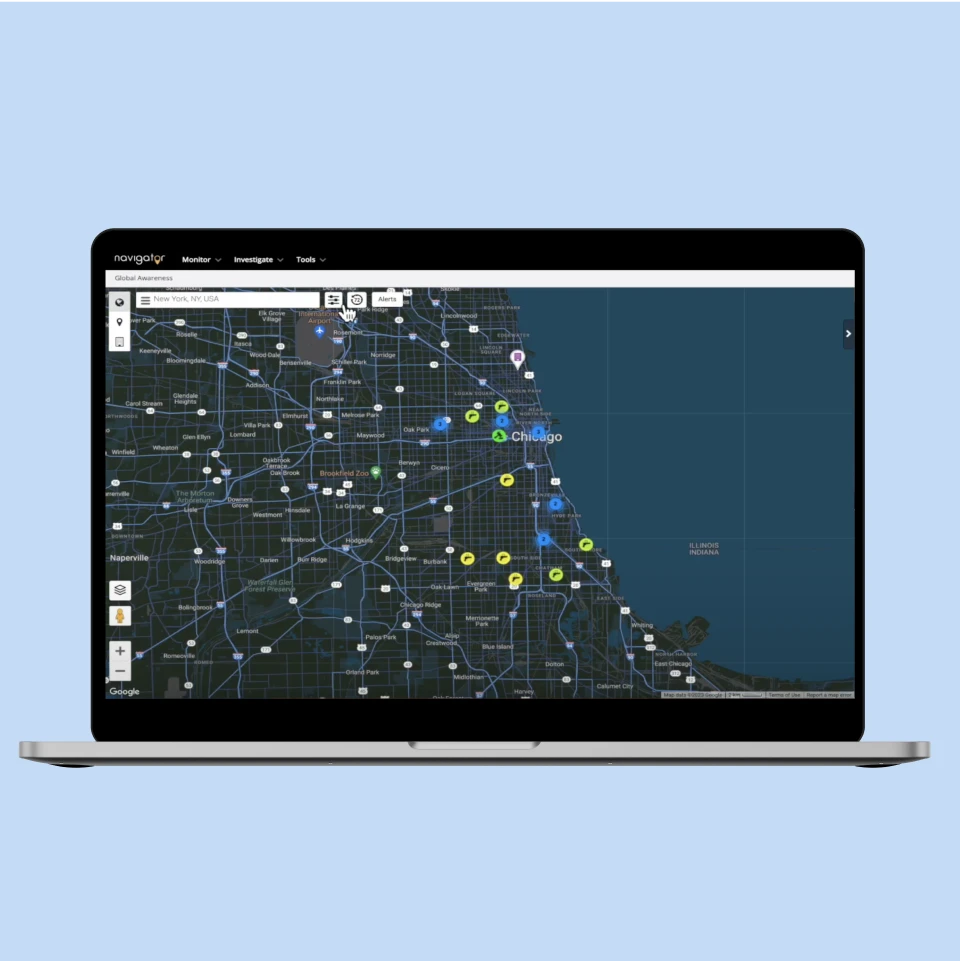
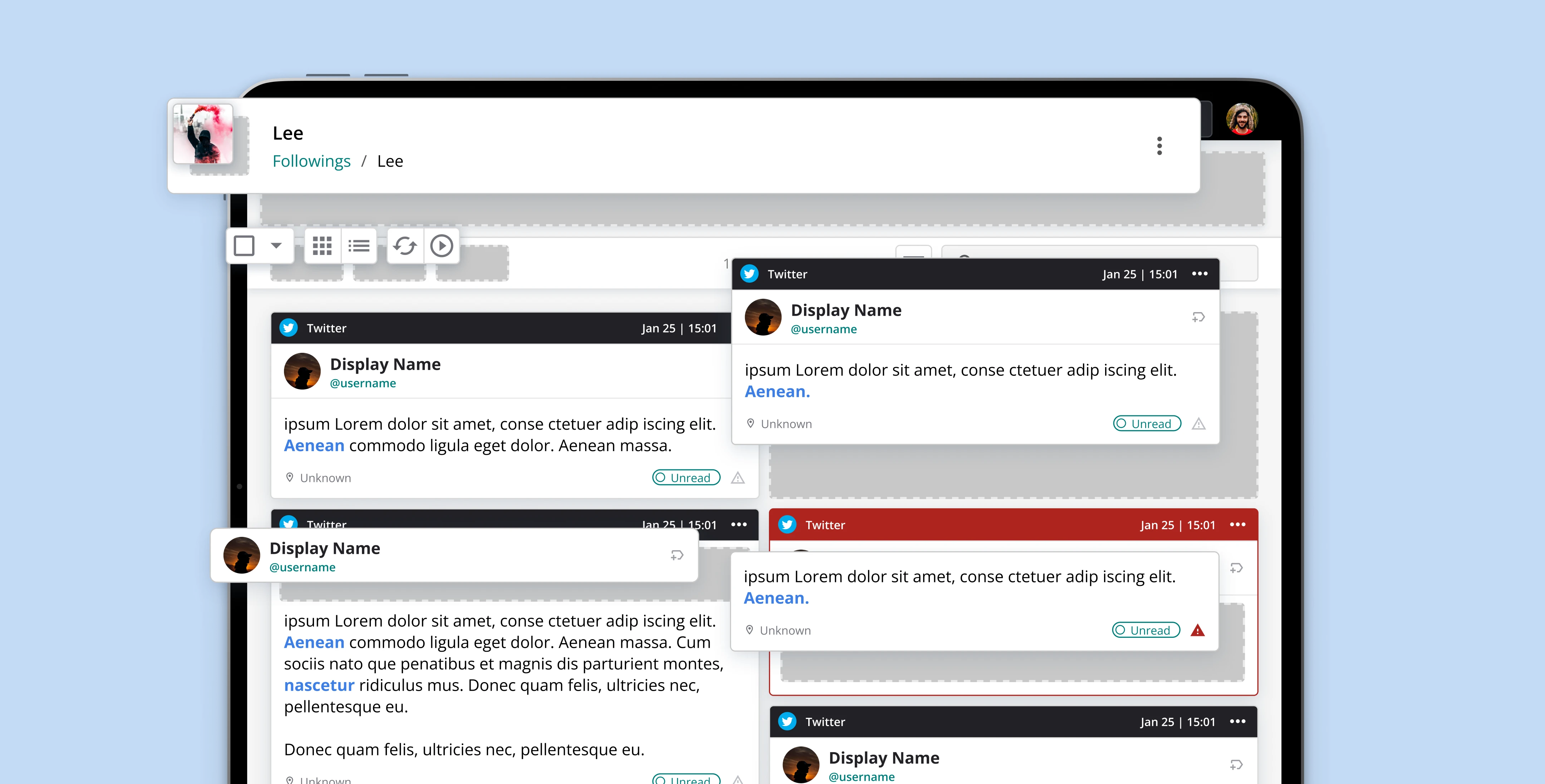
Seamless Knowledge Transfer
RTI provided extensive documentation, including design and API documentation, to facilitate smoother knowledge transfer and future development. This documentation bridged gaps in LifeRaft's existing records, ensuring all functionalities were well-documented and easier to manage.

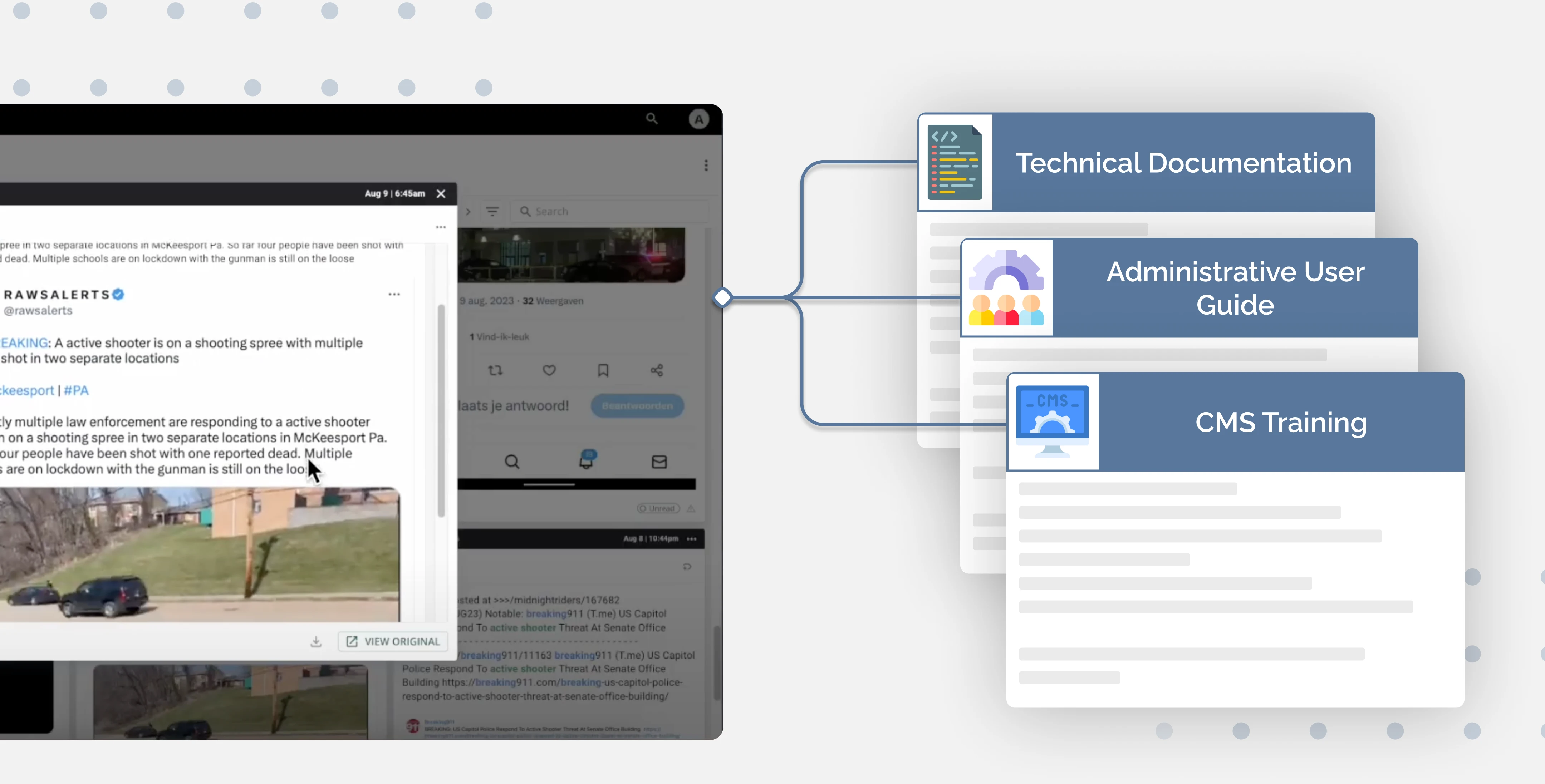
Agile Process for Accelerated Delivery
Our agile approach enabled us to work iteratively, releasing updates in sections and incorporating continuous feedback. This collaborative effort with LifeRaft’s engineering team ensured that the new platform was robust, scalable, and successfully delivered within tight deadlines.
